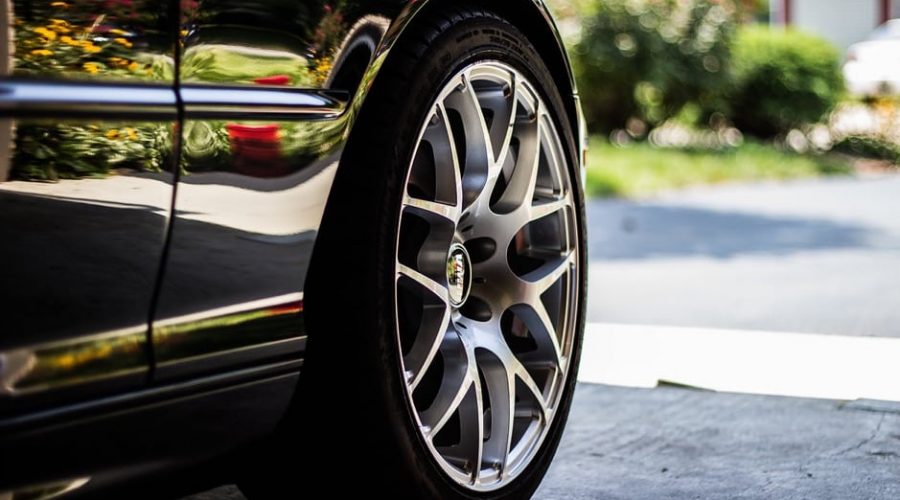The end of financial year is a great time for buying cars, especially when it comes to buying a car, with dealerships offering loads of additional incentives and discounts to clear this year’s stock.
But how do you know you are really getting the best deal in the long run?
Sort out your finance
Just like when you purchase a house, it’s important to work out what your financial limit actually is and work backwards from there.
If you need to take out a loan, you can save yourself a lot of money by comparing your options from different lenders.
Here’s what to look for when buying cars and getting a loan:
Interest rate: compare the interest rates offered by different lenders to find the most competitively priced loan.
Admin fees: it’s important to closely examine the fees charged by different lenders before signing up.
These can include early termination penalties and other administration costs.
Flexibility – look for a loan that will let you make additional and lump-sum payments, or allow you to repay your loan early without penalty.
What about car dealership finance?
When you apply for a loan through the finance office at a car dealership, you actually have lots of room to negotiate on rates, usually about 2 per cent wiggle room.
This is because the dealership often receives their loans at discounted rates, leaving some extra room for them to bump up the rate you pay.
However, be aware that the dealership will be paid a commission from the lender, which will be passed on to you in the end.
2. Do your research
When choosing the right car make and model, it pays to do your research, not just on the average purchase price but also on the running expenses.
What are the warranty conditions?
Will it be expensive to purchase new parts?
Are there any known issues?
Is bluetooth included as standard?
Check out online forums, articles and reviews to brush up on your car knowledge so that you can ask the right questions.
3. Factor in other expenses
Once you’ve worked out how much money you need to purchase the car, don’t forget to calculate registration costs, car insurance and other extras.
When it comes to car insurance, make sure you have it in place before you drive out of the dealership or you could end up making a costly mistake.
Again, it pays to do your research. You could save a couple of hundred dollars per year by comparing different policy options and insurers.
4. Haggle
Now that you’ve done all the hard work in terms of working out finance and doing your research, it’s time to negotiate with the car dealer.
Start low and don’t forget to factor in extras such as car mats.
Also, be prepared to walk away, depending on the amount of floor stock.
The best deal may be on offer at a different dealership so make sure you check out all the available options.













